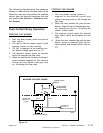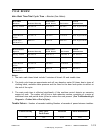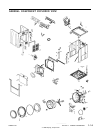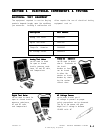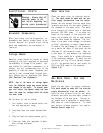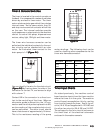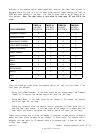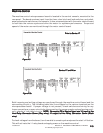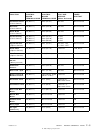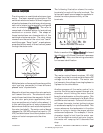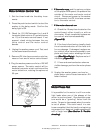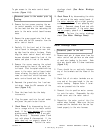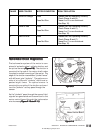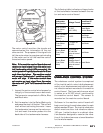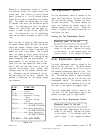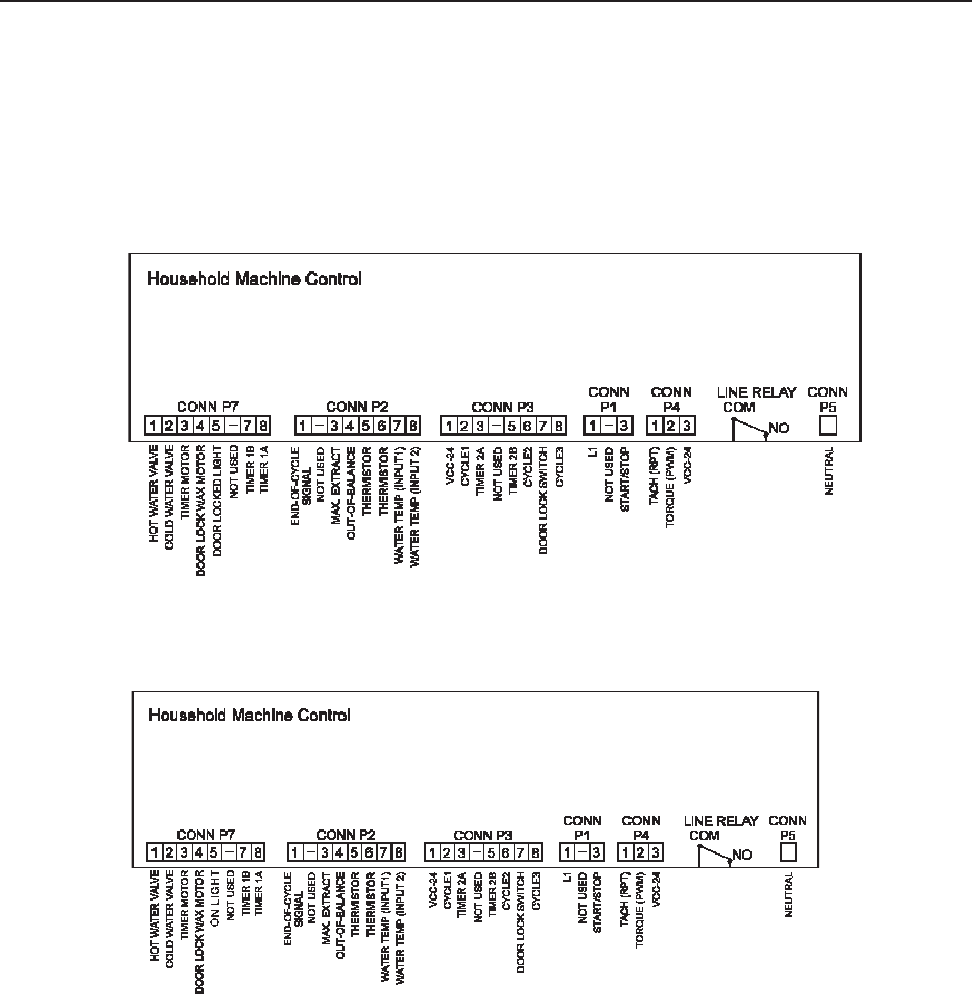
© 1998 Maytag Corporation
2-52-5
2-52-5
2-5
16008373-01 SECTION 2. ELECTRICAL COMPONENTS & TESTING
Figure 2-3Figure 2-3
Figure 2-3Figure 2-3
Figure 2-3
Both incoming and exiting voltage are monitored through the machine control board and the
surrounding circuitry. The following table lists the voltages for the various terminals on the
microprocessor board. If proper voltage is not present, check switches and wiring for any
loose connections or open circuits by disconnecting the power supply and performing conti-
nuity checks of individual circuits.
NOTE:NOTE:
NOTE:NOTE:
NOTE:
Connector P5 is Neutral input and L1 input is the Connector P5 is Neutral input and L1 input is the
Connector P5 is Neutral input and L1 input is the Connector P5 is Neutral input and L1 input is the
Connector P5 is Neutral input and L1 input is the
Line Relay Connector Comm (Gray wire), L1 output is Line Relay Connector Comm (BlackLine Relay Connector Comm (Gray wire), L1 output is Line Relay Connector Comm (Black
Line Relay Connector Comm (Gray wire), L1 output is Line Relay Connector Comm (BlackLine Relay Connector Comm (Gray wire), L1 output is Line Relay Connector Comm (Black
Line Relay Connector Comm (Gray wire), L1 output is Line Relay Connector Comm (Black
wire).wire).
wire).wire).
wire).
To check voltages from the board, turn timer dial to a wash cycle and press the start/off button.
This will activate the L1 relay board and apply power on the machine control.
Machine ControlMachine Control
Machine ControlMachine Control
Machine Control
The machine control microprocessor board is located in the control console, mounted to the
rear panel. The board receives input from the timer, door latch and lock switches, and unbal-
ance and selector switches on the console. It also communicates with the motor control board
to facilitate the various cycles and drive the motor for optimum performance. Torque and
speed of the motor are monitored through the motor control board.
Prior to Series 17Prior to Series 17
Prior to Series 17Prior to Series 17
Prior to Series 17
Series 17 and AfterSeries 17 and After
Series 17 and AfterSeries 17 and After
Series 17 and After
Figure 2-3bFigure 2-3b
Figure 2-3bFigure 2-3b
Figure 2-3b




